What is Packaging? Definition, Types, Functions, Importance, Strategies, and Examples
The finished goods are not safe and transportable from one place to another without packaging. Suppose, you produce milk, but you can not sell it directly to consumers, you need to store the milk and pack it in plastic jugs or paper cartons.
For this packing is necessary. Let’s understand what the packaging is, its objectives, importance, types, and examples.
What is Packaging?
Packaging is the process of covering a product using a container or a wrapper to aid in its storage, promotion, identification, distribution, and usage.
Packaging is simply dressing the finished products or goods. It includes all the activities of designing and producing the container for a product.
It gives a unique identity to the product. Packaging activities include adding a brand name, logo, manufacturing date, expiry date, usage process, address of the manufacturer, etc. on the package of the product which helps consumers easily recognize the product.
Today, the packing of products is not just for the safety of the product, but it has become an important marketing tool to attract customers. Companies use attractive materials and designs while packing to make the product more enticing for consumers.
Objectives of Packaging
Packaging is the activity to safeguard a finished product by covering it with protective materials. The following are its main objectives.
- To protect the product.
- To make the product recognizable and identifiable.
- To differentiate the product from other brands.
- To aid in distribution.
- To aid in the usage of the product.
Types of Packaging
Types of packaging can be categorized into three categories. They are also called the levels of the package. Each of the levels of packages plays a significant role in protecting the product and adding convenience to consumers on usage.
Primary Packaging
Primary packaging is the immediate package of the product. It includes immediately enclosing the finished product into a wrapper or a container.
It aims to keep safe the newly produced products. For example, a thin paper is enclosed inside the cigarette container. Other example includes such as glass containers for liquid products, toothpaste tube, etc.
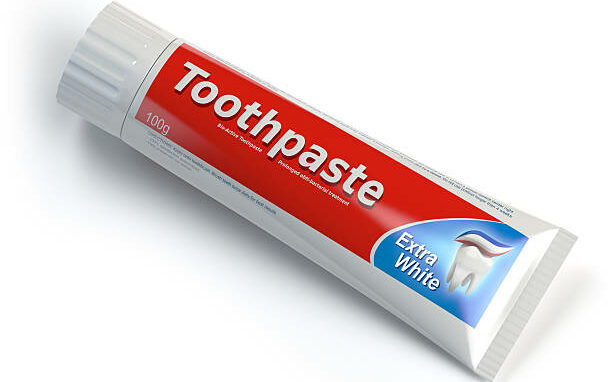
Secondary Packaging
Secondary packaging is the giving additional layers to the primary packages. Removing secondary packages does not affect the quality of the product.
Consumers or users remove the secondary packages when using the products. Take an example of toothpaste, we remove its outer cover i.e. cardboard box when using it.
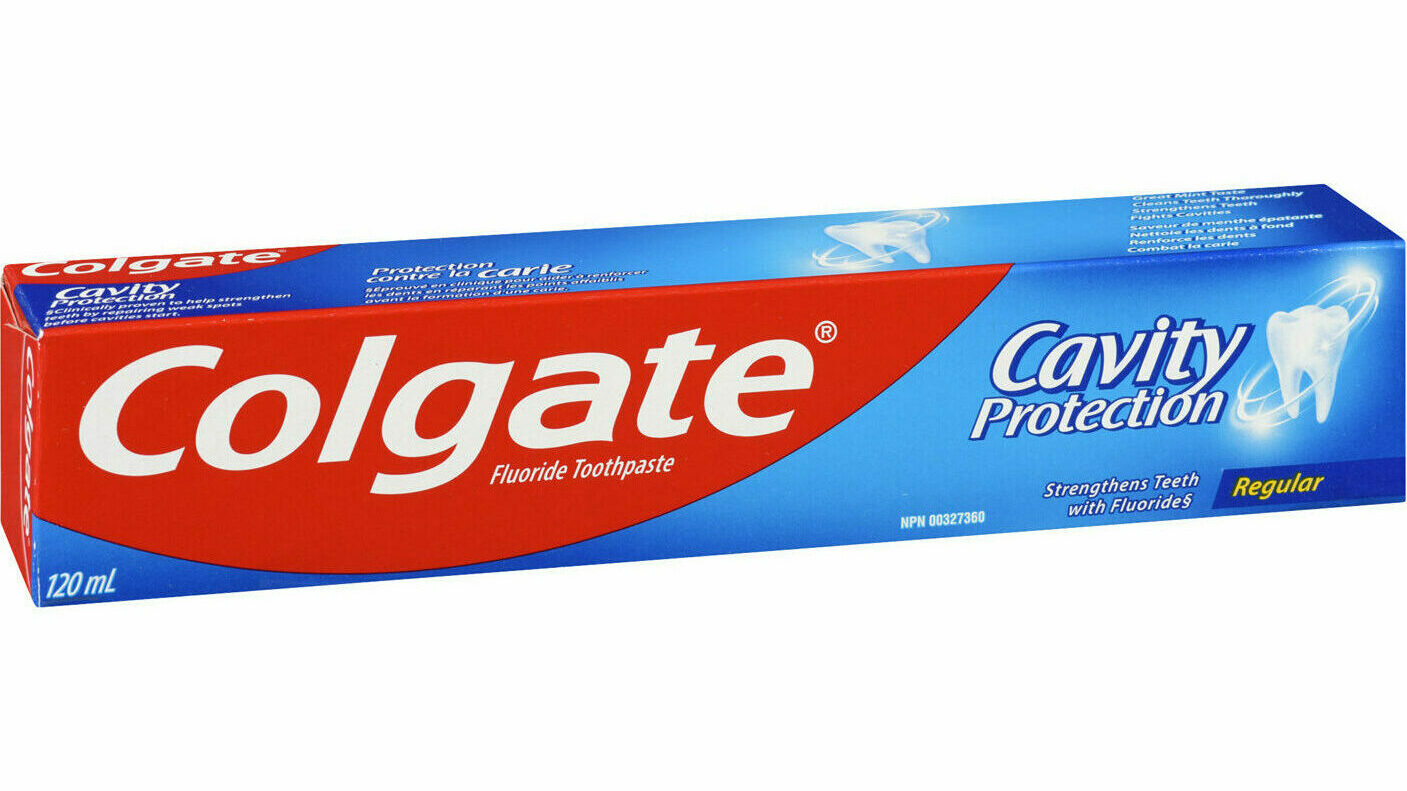
Tertiary or Shipping Packaging
Tertiary packaging is when companies need to transport their products from one place to another. As such it is also called shipping or transit packaging.
Read Also: What is PLC in Marketing?
This is done in bulk. The additional layer is further added to the secondary packages. And, when the product reaches the dealers or retailers the outer case of the product is removed and the secondary packages are displayed for selling.
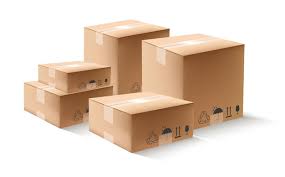
Functions of Packaging
The major functions of packaging include the following.
Protects the Product
Packaging ensures that the goods are protected inside the container. It protects goods from the outer environment’s factors. As such, it aids in the effective handling, distribution, storage, and usage of the product.
Preserves the Product’s Life
A product will not make its longer life itself if it is not protected and covered by outer elements. Good packages further increase the life of the product.
Convenience to Consumers
With good packaging consumers also get benefited as they can easily store, transport, and use the product without making damage to the actual product.
Promote Products
In addition, good packagings have a good promotional appeal. It further helps companies to promote their products.
Also Read: What is Brand Equity?
Requirements for Good Packaging
Good packaging stands out with the business objectives, customers’ expectations, and society’s concerns. The following are the main criteria for creating good packages.
Economical
Good packaging must be economical. It should not incur a huge amount on creating a container for the product otherwise it will increase your product’s costs so the selling price.
Functional
It must not affect the functioning of the product. With different levels of packages, the product must perform all the functions that it is intended to perform.
Communicative
By seeing the product’s packages consumers must be able to read, understand, and communicate with others. Such as the product’s name, brand name, logo, date of expiry & manufacture, usage, etc. must be communicable.
Attractive
Your package further must be attractive enough to create a good image in the market. For this, use attractive and colorful designs, use pictures, and graphic presentation, and make the product more appealing.
Also Read: What is Augmented Product?
Eco-Friendly
In addition, your package should be environmentally friendly. It should not affect the well-being of society and the natural environment.
Importance of Packaging
Packaging not only protects your product but also ensures that the following benefits your business. And, it is also beneficial to consumers. Let’s point out its importance.
- Aids in Distribution – You can easily distribute your products with good packages. For distributing products from one place to another you can further use shipping packages. It ensures product safety during the process.
- Attracts Consumers – With good and attractive packing you can further attract more customers to your business. Consumers further like to have products having good packages.
- Aids in Marketing – Most companies use it as a marketing tool to promote their products. A good and attractive package further has a promotional appeal.
- Acts as Communication Medium – Consumers can easily read the information you have put on your products packages and understand what your product is intended to offer them.
- Helps to Differentiate – In addition to attracting consumers, good packages will further differentiate your offerings from other brands.
- Convenience to Consumers – Consumers further get benefited from good packages. They can easily use, transport, and keep the products that are appropriately packaged.
- The benefit to the Environment – In addition, good packages abide by natural concerns. They do not harm the natural environment and further aid in protecting the environment.
Strategies for Packaging
You can adopt one of the four followings most popular strategies for packaging your products.
Changing the Package
This strategy involves changing the packaging of your products. Companies with the following strategy change their product packages as time passes.
Read Also: What is Marketing Concept?
This strategy is useful to meet the expectations of consumers. As customers seek to have different packages of products as their changing expectations adopting this strategy can match your customer’s expectations. Look at the example of how Coca-Cola has adopted this strategy.
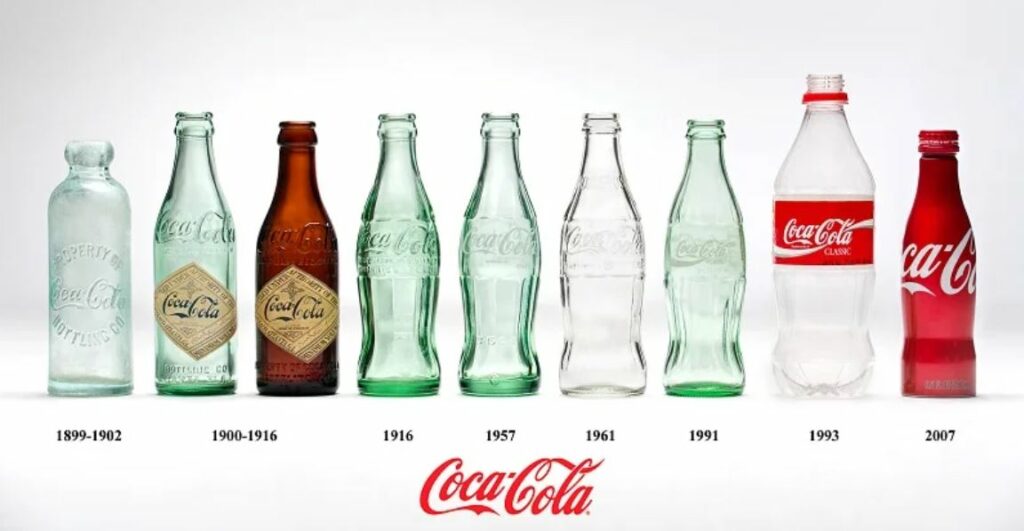
Packaging the Product Line
Under this strategy, you can make identical packages for each product line or diverse packages for diverse products or use identical packages for all product categories. Look at the example of how cosmetic industries are adopting this strategy.
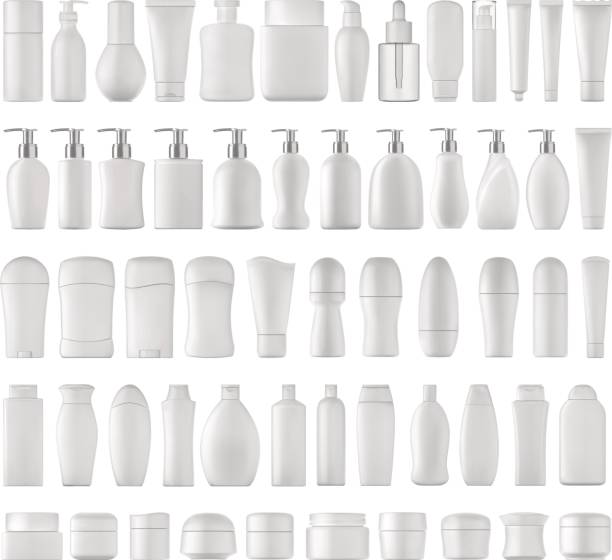
Reusable Packaging
As the name suggests, a reusable – this strategy is about giving a product container (s) that can be reused either for the same purpose or another. Take the example of Sprite’s bottles, the bottles can be further used by consumers for storing other stuff and drinking water.
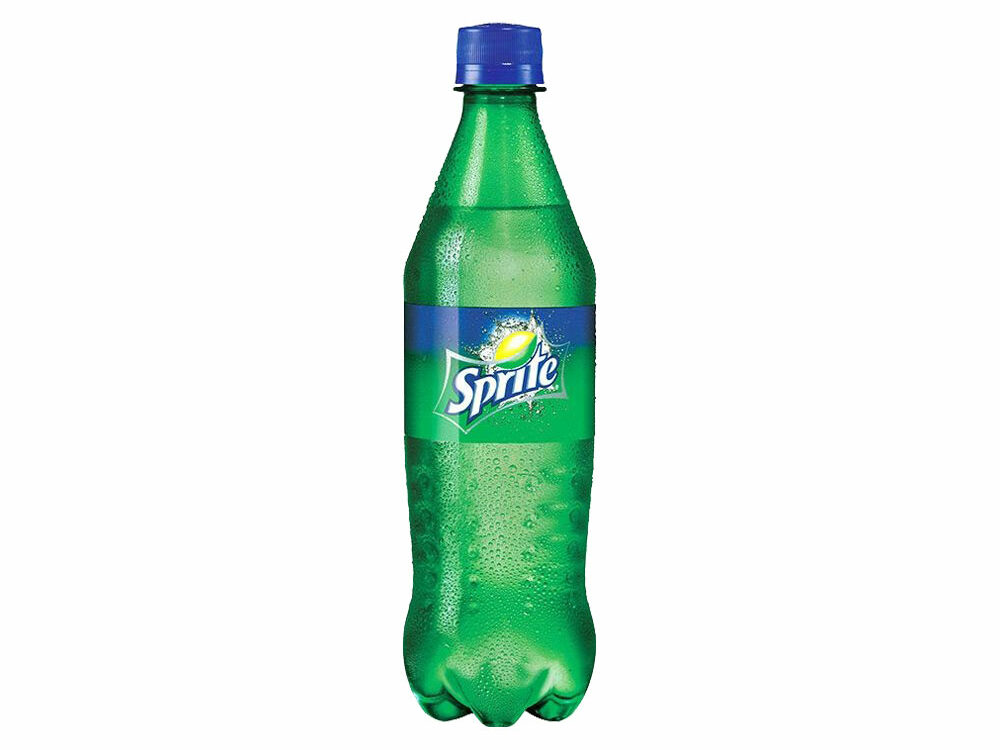
Multiple Packages
Under this, companies make different packages of their products. The product is the same, the quality is the same, and the only difference companies make is through the size of product packages.
With this strategy in mind, companies target different categories of consumers. Let’s look at the example of Coca-Cola.
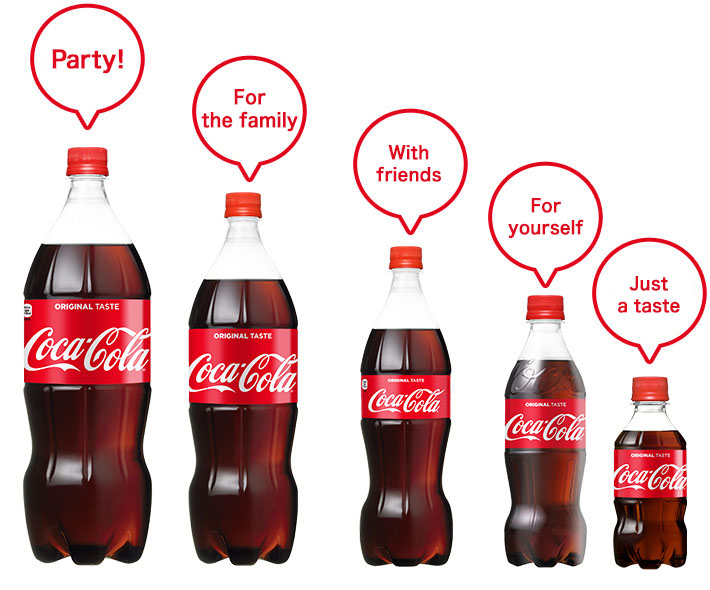
Difference Between Package and Packaging
Often looks the same as the package and packaging, and is used interchangeably. There is some difference between them. Let’s shortly differentiate.
A package means a wrapper, container, or cover in which a product is enclosed. Whereas, packaging is the process of producing or designing the package for the product.
The package comes within the packaging, and it is the subset of packaging. On the other hand, the packaging is the superset of the package.
Read Next: What is Industrial Product?
Sajan Kushmi is a content writer with more than 4 years of experience. He holds BIM Degree. He write on the topics related to Management, Marketing, and Entrepreneurship.
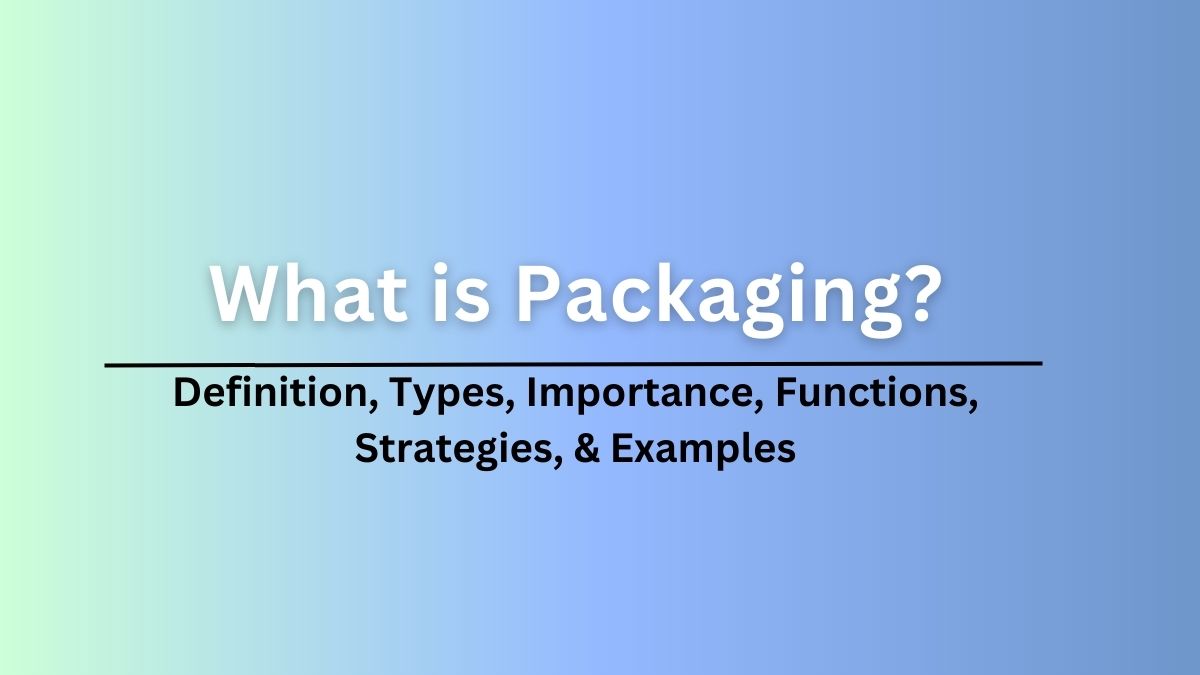
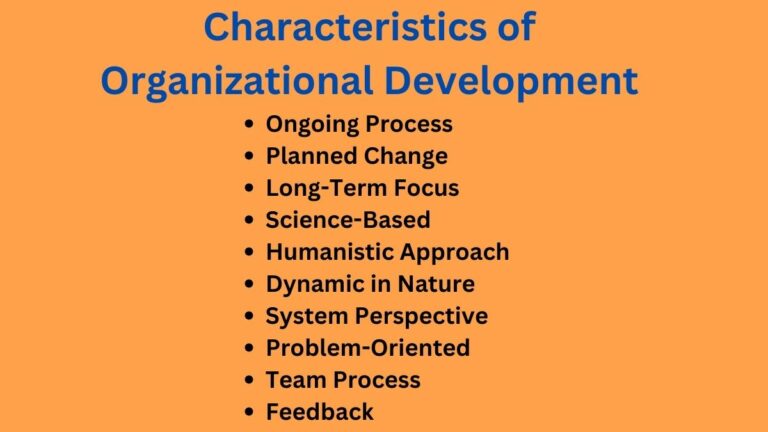
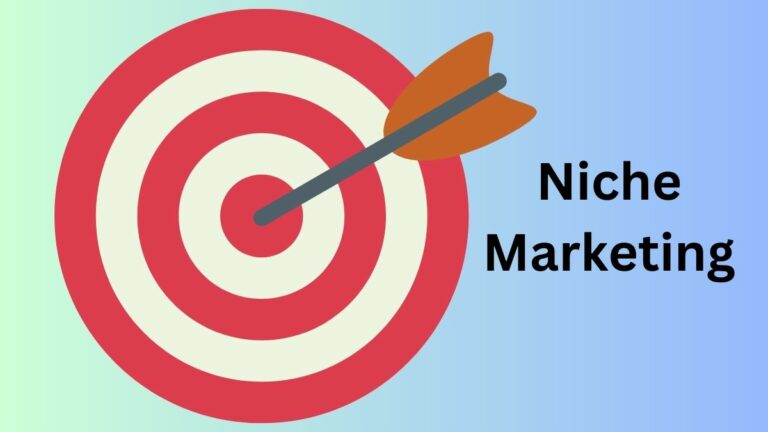
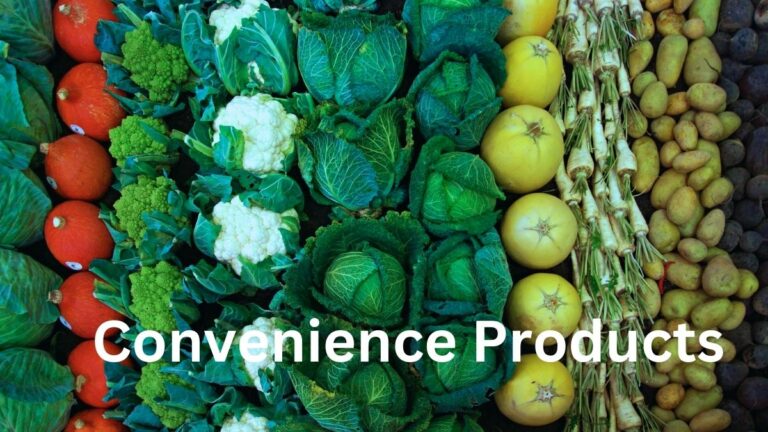

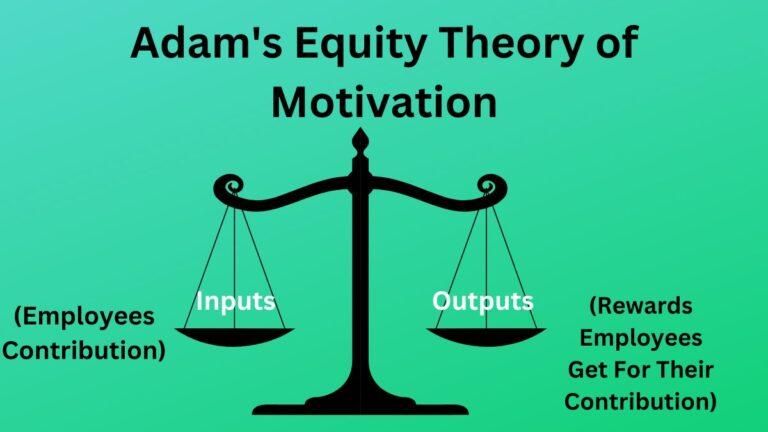

I am so proud that my sister’s artisanal bakery is expanding rapidly, and her current packaging can’t keep up with the demand. I think she’s now on the hunt for flexible packaging options to maintain product freshness and meet customer expectations. It’ll help her to know that because shipping packages may be used to move things from one location to another, you can readily distribute your products when they are packaged well.